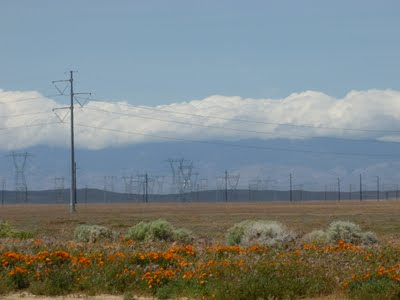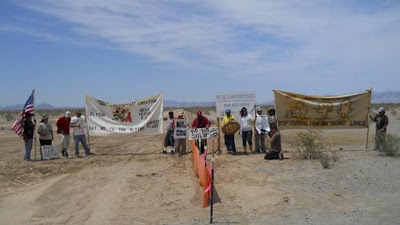Clean Coalition and Sierra Club of California Demand More Robust Feed-in-Tariff
The Clean Coalition and Sierra Club of California filed a petition demanding that the California Public Utilities Commission (CPUC) reconsider and strengthen its planned implementation of a feed-in-tariff (FiT). Solar Done Right applauds this petition and encourages the CPUC to implement a more robust FiT. Local clean energy advocates believe that the CPUC’s late May decision on how to implement California SB 32—a law passed in 2009 requiring CPUC and utilities to expand FiT programs in the state—failed to address the law’s requirements and does not fairly compensate ratepayers for the value of distributed generation. Specifically, the petition notes that the FiT formula in the CPUC decision does not recognize one of the greatest benefits of rooftop solar installations to other utility ratepayers—the avoidance of new transmission and distribution costs, which are required when the utility companies invest in expensive and remote power plants far from the point of use. The petition...






